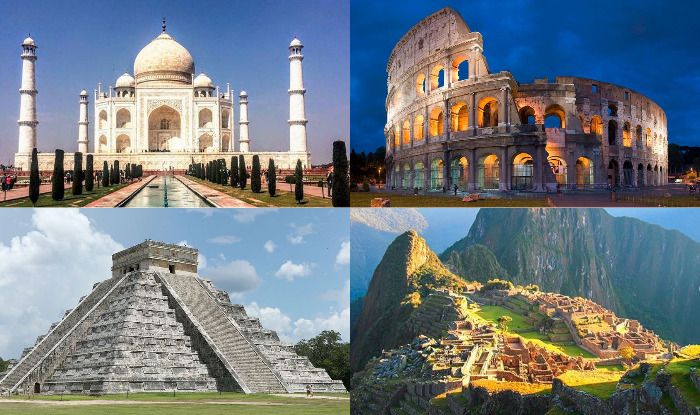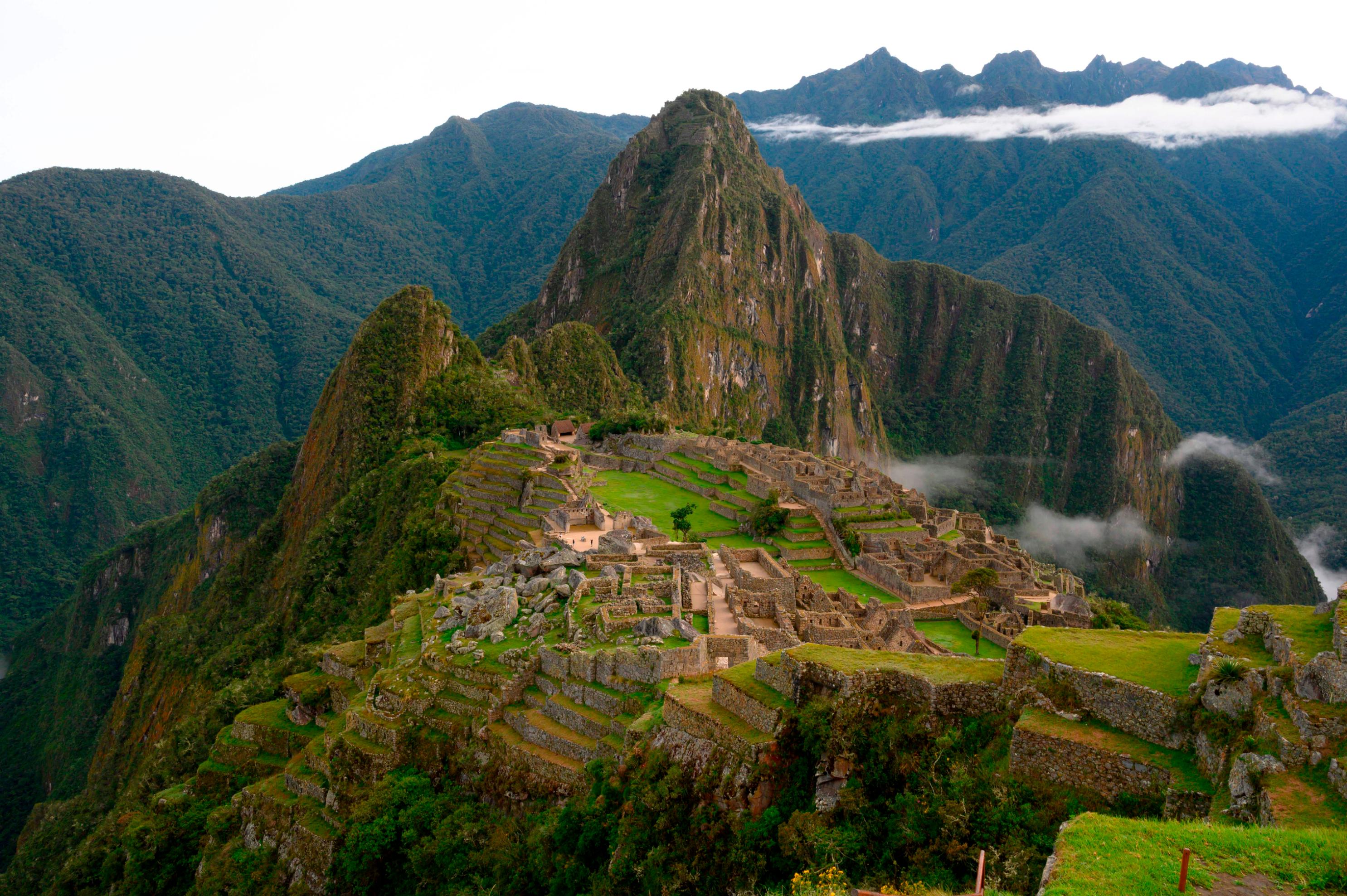

The primary accounts from Hellenistic writers also heavily influenced the places included in the wonders list. The list covered only the Mediterranean and Middle Eastern regions, which then comprised the known world for the Greeks. As such, all seven wonders existed simultaneously for less than 60 years. The Colossus of Rhodes was the last of the seven to be completed after 280 BC and the first to be destroyed by an earthquake in 226/225 BC. 305–240 BC), housed at the Museum of Alexandria, survive only as references. 425 BC) and the poet Callimachus of Cyrene ( c. Įarlier and later lists by the historian Herodotus ( c. Still, from the preamble text, we can conclude that the list of seven sights exactly matches Antipater's (the preamble mentions the location of Halicarnassus, but the pages describing the seventh wonder, presumably the Mausoleum, are missing). The surviving manuscript is incomplete, missing its last pages. The Great Pyramid of Giza, the only one of the Seven Wonders of the Ancient World still standingĪnother ancient writer, who, perhaps dubiously, identified himself as Philo of Byzantium, wrote a short account entitled The Seven Sights of the World. I have gazed on the walls of impregnable Babylon along which chariots may race, and on the Zeus by the banks of the Alpheus, I have seen the hanging gardens, and the Colossus of the Helios, the great man-made mountains of the lofty pyramids, and the gigantic tomb of Mausolus but when I saw the sacred house of Artemis that towers to the clouds, the others were placed in the shade, for the sun himself has never looked upon its equal outside Olympus. The epigrammist Antipater of Sidon, who lived around or before 100 BC, gave a list of seven "wonders", including six of the present list (substituting the walls of Babylon for the Lighthouse of Alexandria): The first reference to a list of seven such monuments was given by Diodorus Siculus. Hence, the list was meant to be the Ancient World's counterpart of a travel guidebook. Later, the word for "wonder" (" thaumata" θαύματα, "wonders") was used. Instead of "wonders", the ancient Greeks spoke of " theamata" (θεάματα), which means "sights", in other words "things to be seen" (Τὰ ἑπτὰ θεάματα τῆς οἰκουμένης Tà heptà theámata tēs oikoumenēs ). Impressed and captivated by the landmarks and marvels of the various lands, these travellers began to list what they saw to remember them. There is scholarly debate over the exact nature of the Hanging Gardens, and there is doubt as to whether they existed at all.Īlexander the Great's conquest of much of the western world in the 4th century BC gave Hellenistic travellers access to the civilizations of the Egyptians, Persians, and Babylonians.

Of the seven wonders, only the Pyramid of Giza, which is also by far the oldest of the wonders, still remains standing, with the others being destroyed over the centuries. Using modern-day countries, two of the wonders were located in Greece, two in Turkey, two in Egypt, and one in Iraq. While the entries have varied over the centuries, the seven traditional wonders are the Great Pyramid of Giza, the Colossus of Rhodes, the Lighthouse of Alexandria, the Mausoleum at Halicarnassus, the Temple of Artemis, the Statue of Zeus at Olympia, and the Hanging Gardens of Babylon.

The first known list of seven wonders dates back to the 2nd–1st century BC. The Seven Wonders of the Ancient World (also known as the Seven Wonders of the World or simply the Seven Wonders) is a list of seven notable structures present during classical antiquity. Dates in bold green and dark red are of their construction and destruction, respectively. Timeline, map and size comparison of the Seven Wonders.


 0 kommentar(er)
0 kommentar(er)
